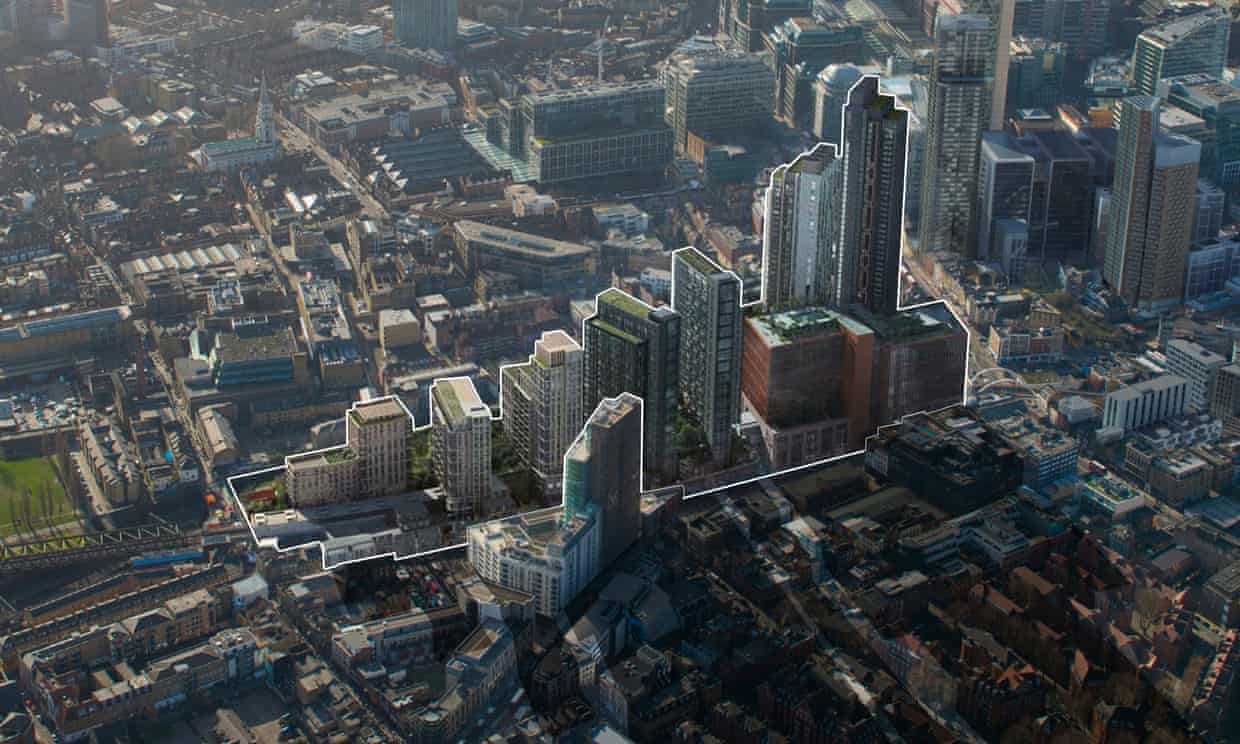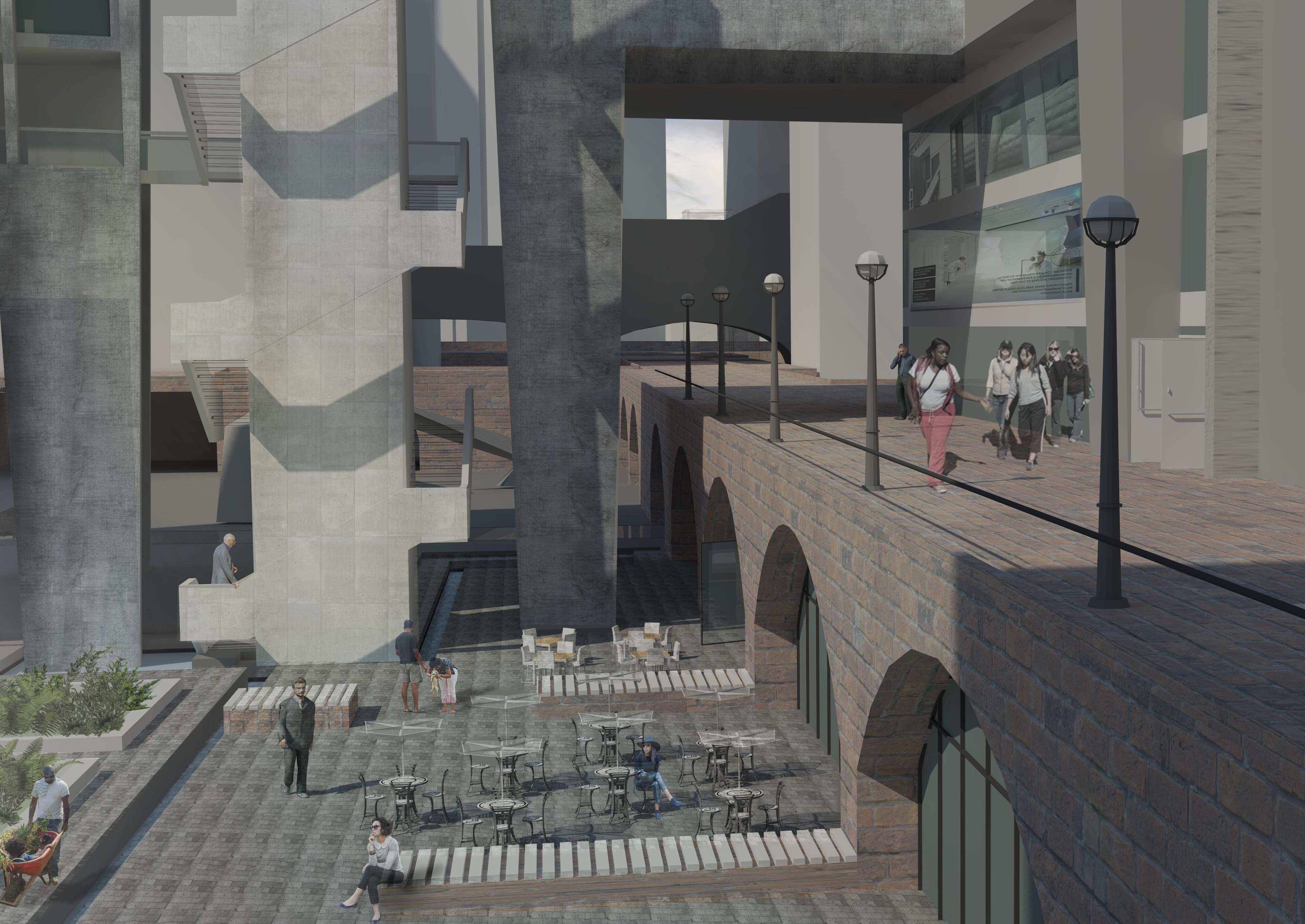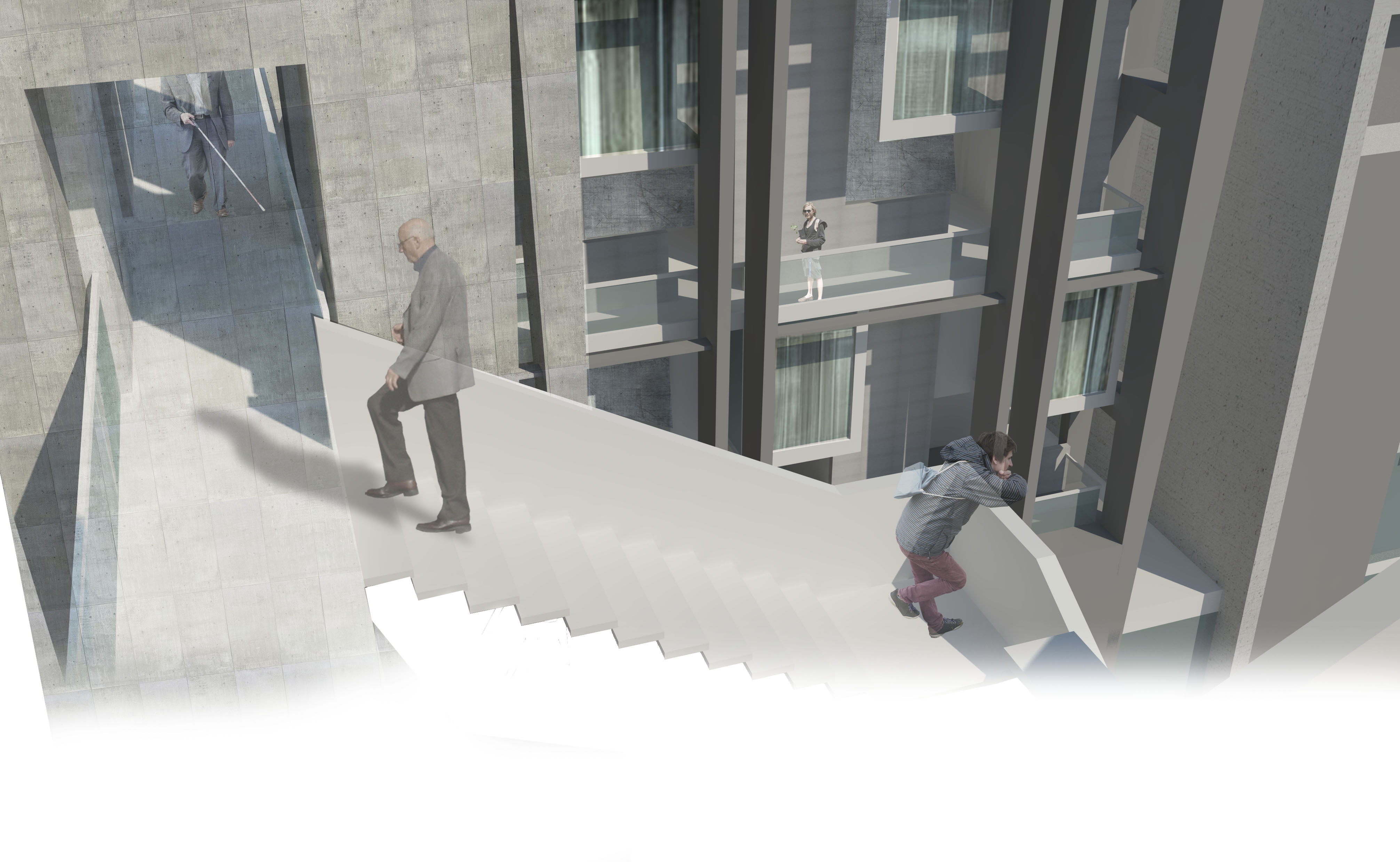Context
The Goodsyard is a proposed development on the site of the former Bishopsgate Goods Yard in Shoreditch, London. At the moment, the site is a derelict station that spans four city blocks and covers an area of over 300,000 sq. meters.
The joint venture proposal from Hammerson and Ballymore Group's for the development of the Bishopgate Goodsyard was met with much opposition by the public.
A report for the mayor by Greater London Authority planners said developer Hammerson’s proposal “would result in unacceptable and significant negative impacts”, and “not appropriate” for the 4.4-hectare site, near to Liverpool Street station and Brick Lane [1].
Of the several residential blocks proposed by the developers (two of which have than 40 storeys), only 10% had been allocated towards affordable housing. Not only is this significantly below the percentage allocated in the neighboring burrows of Tower Hamlets and Hackney, but points to the larger endemic of the housing crisis in London as more and more people are getting priced out.

Urban
Strategy
Circulation &
Structure
Due to the complexity and sheer size of the site, a thorough study of load bearing and access points were done prior to architectural design.
Selected
Swath
The highlighted portion on the following plan was selected to explore in depth.
Architectural
Strategy
Exploded
Axonometric
The arches are utilized as shopping spaces servicing the residents of the grounds. Public access points to the top of the arches serve as an entry to a long walkway (think NYC highline). Spanning over the arches are our townhouse superstructures for families. The high-rise building over the train tracks contains smaller apartments and office spaces.
Ground
Level
Spaces under the historic arches will be leased to restaurants and retail stores. A large supermarket is attached to the elevated train's entrance, catering to the people who work around the area and might want to do some shopping before commuting home. The opposite, more private side of the site caters to the residents. More space is designated for landscaping and rain gardens.

Ground Level
Renderings
The following renderings depict the look and feel of the multiple grounds of the public realm.
Residential
Townhouses

Townhouse
Superstructure
The townhouses stretch over the historical arches, delineating spaces underneath for the public. Each structure has a rain water collection and treatment system that goes back into the apartments and feeds into the rain gardens underneath.

